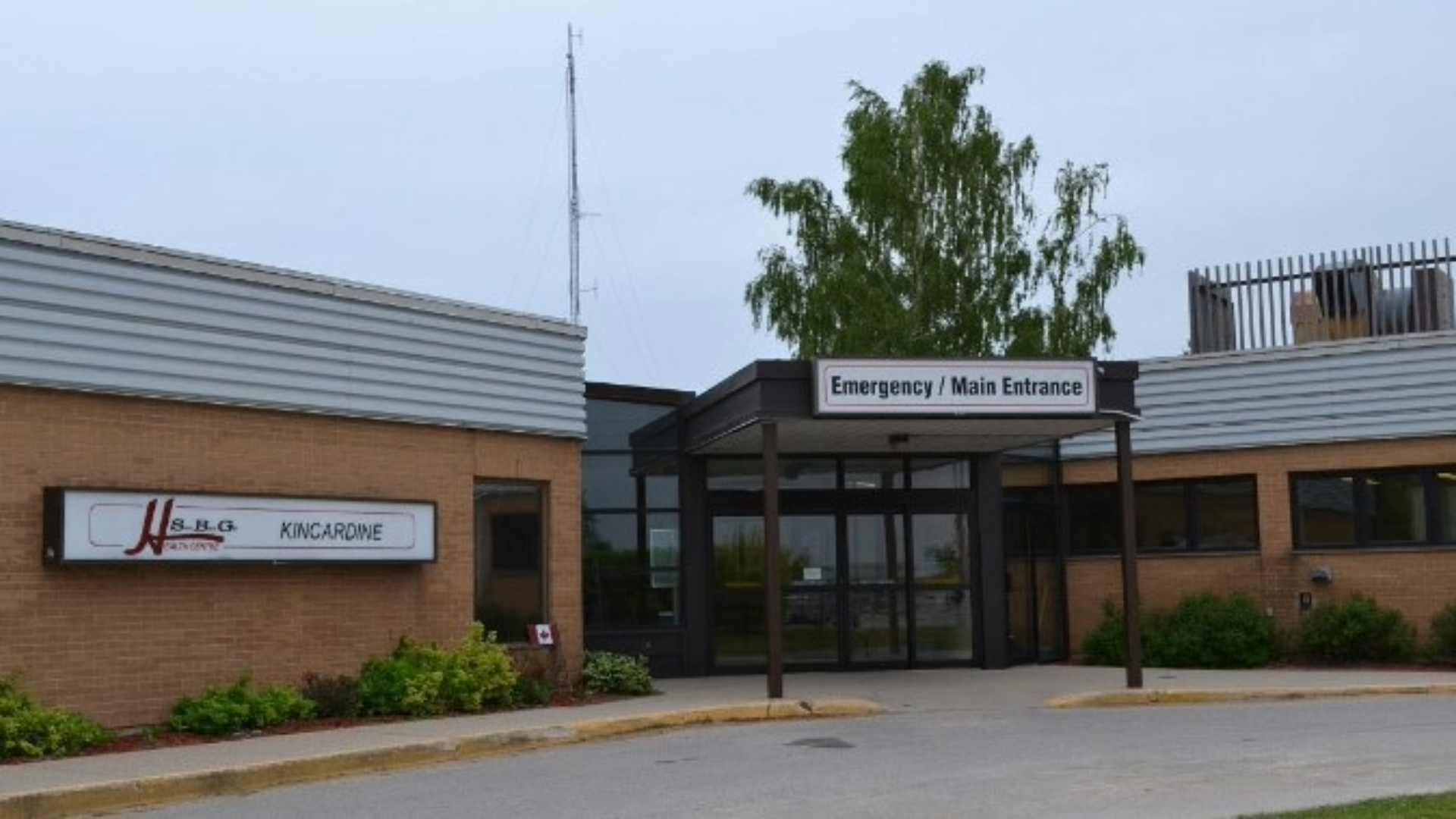
Ishac v Ontario (Health Insurance Plan) – Pectoral Implant Removal Not Covered by OHIP
In Ontario, the line between an insured health service and an elective cosmetic procedure can sometimes seem blurry. The Ontario Health Insurance Plan (OHIP) is

This was an appeal from a judgment rendered after a medical malpractice trial. For a summary of the trial decision, please read this post: Tripp v. Ross – Delayed Cancer Diagnosis Did Not Cause Death.
Prior to the trial, the defendant physician (the defendant) conceded that his negligent performance of a colonoscopy on the plaintiff, Lindsey Shaun Tripp (Mr. Tripp), delayed the diagnosis of Mr. Tripp’s colon cancer by a period of eight months. The first main issue for trial was whether the death of Mr. Tripp from colon cancer, which occurred before the trial began, was caused by the defendant’s negligence. The second main issue was the calculation of damages.
The trial judge heard expert medical evidence on the extent and nature of Mr. Tripp’s disease at the time of its discovery, as well as expert evidence regarding survival rates and the progression of colon cancer. After considering all of the evidence, the trial judge found that the defendant’s negligence did not cause Mr. Tripp’s death. However, she did find that the delayed diagnosis caused pain and suffering to Mr. Tripp, in respect of which she awarded damages of $75,000.
The plaintiff appealed arguing that the trial judge made several errors in finding that he had failed to prove on a balance of probabilities that the defendant caused Mr. Tripp’s death.
The plaintiff’s primary argument was that the trial judge failed to apply the required robust and pragmatic approach to causation and should have drawn an inference against the defendant because his negligence negatively affected the plaintiff’s ability to prove causation.
The Court of Appeal of Manitoba unanimously dismissed the appeal citing that the trial judge had properly applied the legal principles relating to causation and made no reversible errors in her factual findings.
In December 2017, at the age of fifty-three, Mr. Tripp began experiencing abdominal cramps and rectal bleeding. He attended at his physician’s office and was referred to the defendant for a colonoscopy, which occurred in January 2018.
During the colonoscopy, the defendant observed five polyps, four of which he biopsied and which were later determined to be at risk for developing adenocarcinoma. The defendant advised Mr. Tripp to return for a follow‑up colonoscopy in one year.
By August 2018, Mr. Tripp had some flare‑ups of episodic abdominal pain and rectal bleeding. When he returned to his physician, he was referred back to the defendant. The defendant ordered a barium enema in September 2018, which showed a tumour in the proximal descending colon. A CT scan performed that same month confirmed a mass involving the spleen.
The defendant conceded prior to trial that his performance of the colonoscopy fell below an acceptable standard of care. As observed by the trial judge: “It appears that, once [the defendant] found the five polyps, he assumed that he had found the source of Mr. Tripp’s bleeding and did not continue the colonoscopy” (Tripp at para 8).
The defendant’s position at trial was that earlier diagnosis of Mr. Tripp’s cancer would not have changed the ultimate outcome. However, he admitted that the plaintiff should be compensated for increased pain and suffering caused by the delayed diagnosis.
The trial judge found that there was no question that Mr. Tripp’s colon cancer was present in January 2018 and would have been detected if the colonoscopy had been properly performed by the defendant. The stage of Mr. Tripp’s cancer at the time of surgery in October 2018 was also not in dispute.
Unfortunately, because the tumour was not removed at the time of the colonoscopy, there was no evidence as to the cancer’s stage in January 2018. However, both experts provided their opinion as to the stage of the cancer and Mr. Tripp’s prognosis at that time. They agreed that colon cancer is slow‑growing, that the tumour found in October 2018 had been there for a long time, and that once colon cancer metastasizes, it becomes fatal.
A key issue for causation at trial was determining whether the cancer had already metastasized to Mr. Tripp’s liver in January 2018. The trial judge wrote: “If so, even if the colon tumour had been detected at that time, it would not likely have changed the outcome” (ibid at para 23).
The experts agreed that liver metastases cannot be detected on a CT or MRI scan until the cancer has doubled many times from its original size.
The defendant’s expert, Dr. Moore, said that it would take fifteen to thirty months for the liver metastasis to reach the size that it was in December 2018, such that there was a “reasonable likelihood” (ibid at para 25) that the liver metastasis was present before January 2018. His opinion was that even if Mr. Tripp had been diagnosed in January 2018, his chance of being cured would “be in the region of 30%” (ibid).
The plaintiff’s expert, Dr. Schipper, did not address in his report the possibility that the liver metastasis was present in January 2018. However, he did agree in cross‑examination that the liver metastasis would have “been there for many months if not years.”
The trial judge accepted Dr. Moore’s opinion that the liver metastasis was likely present in January 2018, finding that his opinion was based “not only on statistics but on what is known about the progression of the disease in Mr. Tripp’s case and on the nature of his colon cancer” (ibid at para 33). She noted that the plaintiff had “not led evidence that [the liver metastasis] was probably not present” in January 2018 (ibid at para 34).
Ultimately, the trial judge found that the plaintiff was unable to meet the standard of proof, which required him to “show that Mr. Tripp would have had a greater than 50% chance of survival” if his cancer had been diagnosed in January 2018 (ibid at para 37). As a result, she concluded that the defendant’s negligence did not cause Mr. Tripp’s premature death.
The plaintiff asserted that the trial judge made several errors with respect to her causation analysis and conclusion. He argued that she made palpable and overriding errors by equating the legal burden of proof with statistics on five‑year survival rates of different types and stages of colon cancer. He also submitted that the trial judge erred by failing to draw an adverse inference against the defendant because the negligence of the defendant precluded proof of causation to a scientific certainty.
For questions of law, the standard of review is correctness, and for questions of fact or of mixed fact and law, the standard is palpable and overriding error (see Housen v Nikolaisen, 2002 SCC 33 at paras 8, 10, 19). The Supreme Court of Canada in Benhaim v St-Germain, 2016 SCC 48 [Benhaim] reiterated that “[c]ausation is a question of fact, and so the trial judge’s finding on causation is owed deference on appeal” (at para 36).
The Court of Appeal cited the decision of the Supreme Court in Benhaim, which was noted to be the blueprint for analyzing the issues of causation raised in this appeal. Benhaim involved the negligence of a physician in following up on a routine chest x‑ray, leading to a delayed diagnosis of terminal lung cancer. Similar to the present case, the trial judge in Benhaim did not find that the plaintiff had proven on a balance of probabilities that the physician’s negligence caused the patient’s death.
In some professional liability cases, the defendant’s negligence may undermine the plaintiff’s ability to prove causation. The plaintiff may nonetheless lead some affirmative evidence of causation. In these circumstances, is the trier of fact required to draw an adverse inference of causation against the defendant?
The QCCA accepted that it was open to the defendants to lead evidence to rebut the adverse inference. However, it rejected the evidence of the defendants’ expert (which had been accepted by the trial judge) as being speculative and unreliable. Based on the slow progression of lung cancer and his retrospective reading of the chest x‑ray, the defendants’ expert was of the view that the patient’s lung cancer was already incurable at the time of the defendants’ negligence.
Turning to the question of legal causation, the Supreme Court distinguished it from scientific causation, confirming that the standard for legal causation requires proof only on a balance of probabilities, “whereas scientific or medical experts often require a higher degree of certainty before drawing conclusions on causation” (ibid at para 47).
In Snell v Farrell, [1990] 2 SCR 311, 1990 CanLII 70 (SCC) [Snell], the Supreme Court described the English jurisprudence as “promoting a robust and pragmatic approach to the facts to enable an inference of negligence to be drawn even though medical or scientific expertise cannot arrive at a definitive conclusion” (at 324) [emphasis added].
On this appeal, the plaintiff asserted that the present case was one of “negligently created causal uncertainty”. As noted in Benhaim, such a case raises the issue of how the resultant difficulty in establishing facts should be distributed between plaintiffs and defendants (see ibid at para 66). Justice Wagner noted that the Court in Snell “struck a balance by clarifying that an adverse inference may be available in such circumstances, while leaving the decision on whether to draw that inference to the trial judge as part of the fact‑finding process” (Benhaim at para 66).
The Supreme Court in Benhaim considered and rejected the QCCA’s conclusion that the trial judge had committed a palpable and overriding error in her appreciation of the facts by relying on the evidence of the defence expert rather than certain general statistical evidence. The statistical evidence at issue was a pure statistical generalization to the effect that “78 percent of [lung] cancers discovered fortuitously are at stage I” and thus are curable (ibid at para 73). The QCCA found that this statistic “established that [the patient]’s cancer was likely at stage I” (ibid at para 71) when his routine chest x‑ray occurred.
The Court of Appeal found that in her thorough reasons for decision, the trial judge correctly stated the legal test for causation in negligence and applied the relevant principles from Benhaim. She also carefully reviewed the evidence, including that of the medical experts, which she found to be “for the most part . . . consistent” (Tripp at para 19).
The Court of Appeal was not persuaded that the trial judge made a palpable and overriding error in accepting Dr. Moore’s testimony that “the likelihood that the cancer was there in the liver in January [2018] I think is — is, you know, more than 50 percent.” Dr. Moore based his opinion on the size of the liver metastasis found in December 2018, the type of cancer suffered by Mr. Tripp and the doubling rate of colon cancer cells. Dr. Schipper agreed that the liver metastasis “may have been present at the time of the colonoscopy in January of 2018”.
On the other hand, the trial judge noted that Dr. Schipper opined that Mr. Tripp’s best‑case scenario in January 2018 was no involvement of the pancreas, no metastatic spread and only two or three lymph nodes involved. Even so, his chance of survival would only have been approximately forty‑two per cent.
The trial judge was well aware of the plaintiff’s argument that she should draw an adverse inference of causation against the defendant because his negligence created causal uncertainty. However, as indicated in Benhaim, the drawing of such an inference is discretionary as part of the fact‑finding process. The Court of Appeal found no justification to interfere with the trial judge’s refusal to draw an inference of causation. The record reasonably supported the trial judge’s key factual findings that Mr. Tripp had a liver metastasis and a thirty per cent chance of survival at the time of the January 2018 colonoscopy. As such, the Court of Appeal determined that the trial judge had made no palpable and overriding errors.
For these reasons, the Court of Appeal was not persuaded that there was any basis to intervene in the decision of the trial judge. She applied the correct legal principles, and her findings of fact were entitled to deference. The appeal was dismissed.
Decision Date: March 21, 2025
Jurisdiction: Court of Appeal of Manitoba
Citation: Tripp v Ross, 2025 MBCA 25 (CanLII)

In Ontario, the line between an insured health service and an elective cosmetic procedure can sometimes seem blurry. The Ontario Health Insurance Plan (OHIP) is

On February 11, 2019, Bradley McKee stabbed his father, William McKee, to death. At the time of the stabbing, Bradley was 27 years old; he

On August 22, 2025, a judge of the Ontario Superior Court of Justice found emergency medicine physician Dr. Angela Cavanagh negligent for not referring a

On August 14, 2025, the Court of King’s Bench of Alberta found Dr. Mark Guhle liable for over $16,500,000 for medical malpractice leading to the